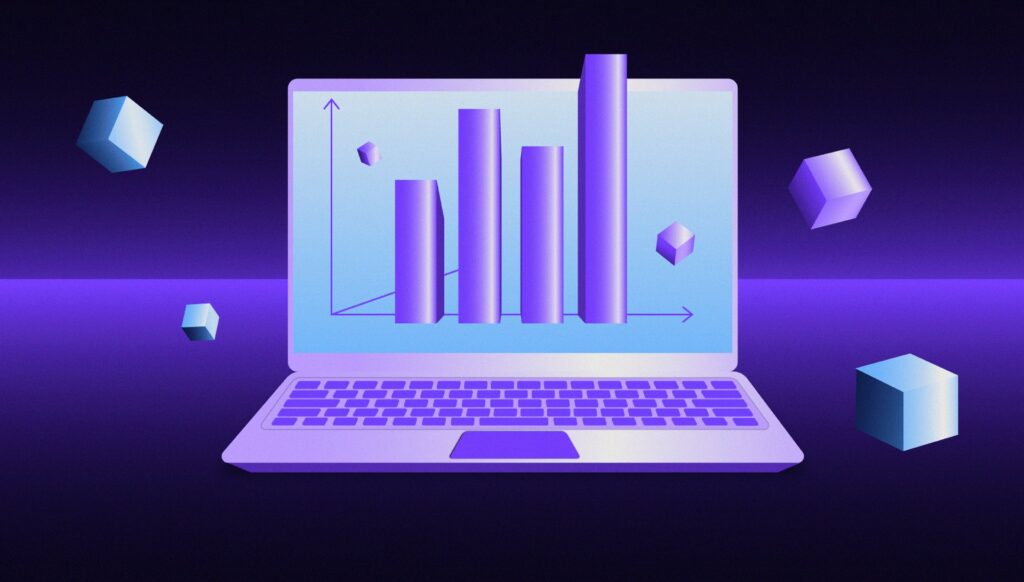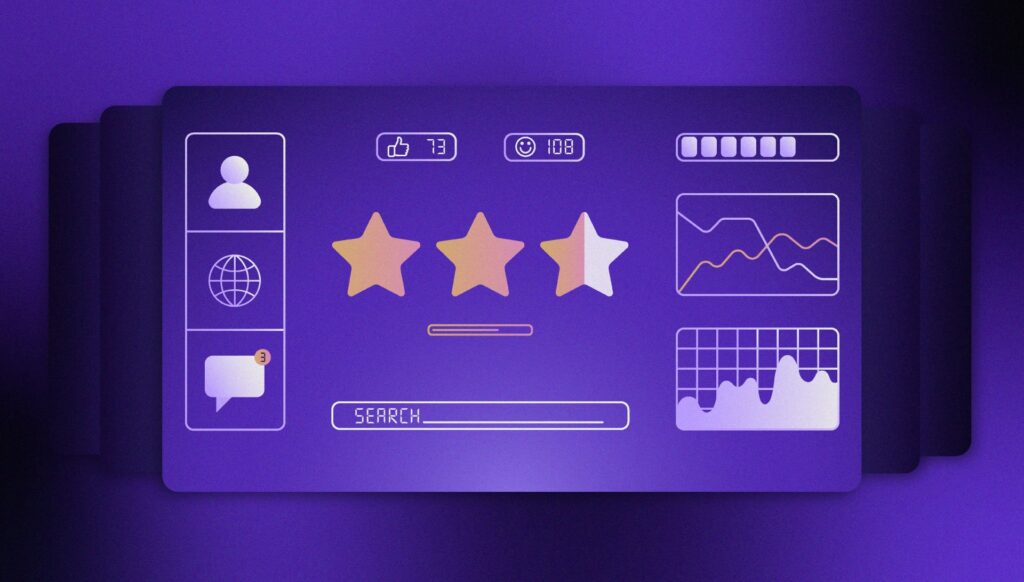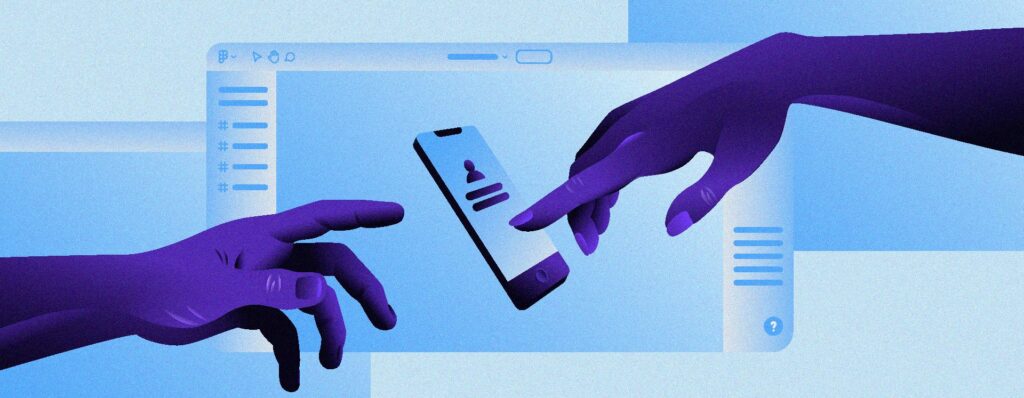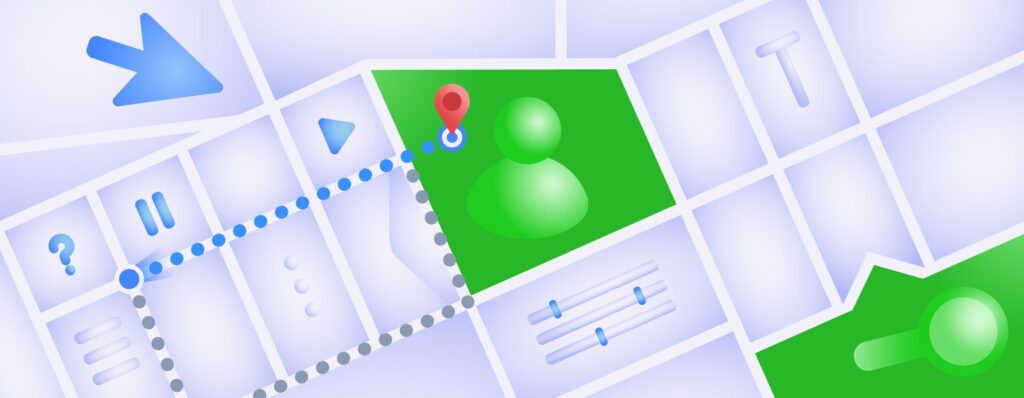User interviews: The Windmill guide to design thinking
User interviews are one of the most important aspects of UX research. When designing anything in UX, considering the user’s needs and perspectives and how the product affects them is critical to success. Similarly, before releasing a product to the market, start-ups must incorporate user interviews into every stage of the development process. If you’re a designer, a UX researcher, or work in any other area of UX, user interviews are an essential tool in your toolbox.
In this post, we’ll discuss how to interview users about their interactions with your product. We’ll break down what a user interview is, its advantages, and when to conduct one. We also have a free user interview template and some pointers on how to get the best use out of it. But first, what exactly is a user interview?
What is a User Interview?
Because of its effectiveness, the user interview is one of the most-used methods of user research in UX. It is a research method that provides deep insight into users’ needs, pain points, and desires, thus developing user empathy.
It can be conducted in a variety of settings, including traditional face-to-face interviews at a company’s headquarters, in a neutral location, or even at the user’s home. In situations where time or movement is limited, user interviews can also be conducted via video or voice call.
For some projects with ample time and resources, the designers or researchers may be flown overseas if the target users live in a different country.
User interviews provide insight into how your target audience discusses a problem in a more intimate setting. Listen for their main problems, needs, wishes, and joys regarding a process, service, or solution as they speak. Aside from what they say, the way they express themselves when discussing such topics reveals a lot.
Be open-minded and interested in what your participants have to say when conducting interviews. If you are only conducting user interviews to confirm previously held assumptions, or to verify previously collected data, user interviews are not the right UX research methodology for you.
Why should we conduct user interviews?
User interviews let you interact with users one-on-one. Beyond theories and assumptions, you can get to know the people for whom you’re designing, learn their language, and how to communicate with them.
It allows you to collect real-time data from users about their experiences and the usability of your product or service.
It assists in defining the pain points and potential opportunities for your product to provide value to the user.
Insights from user interviews aid in the development of future products. Knowing the target user’s pain points and designing around them can help to reduce development and testing costs.
User interviews guide you in redefining your business model to be more efficient on how your product interacts with the user.
It aids the identification of new target audiences. Famously, Febreeze was selling poorly until Proctor & Gamble, aided by a new round of user interviews, switched the product’s marketing approach. The switch, which linked Febreeze to pleasant smells and good cleaning habits, worked, and sales took off.
When should it be used?
User interviews can be useful at various stages of the product development process.
Ideation. This stage is when you have a need that you want to create a solution for—but aren’t sure what form it will take. In interviewing people who have similar pain points, you gain a better understanding of your potential users’ wants and needs. The information gathered during the interview will help in creating a solution.
Contextual interview. In contextual interviews, before being interviewed, the participant is observed using the product. This is usually done in the early stages of the product’s development, to assess the user’s experience live.
Post-product development. When the product has been considered finished, before it’s launched into the market, testing is recommended.
At any point you need clarification from the participant. User interviews can also be conducted if you have questions or problems that require additional insight from the participant. This is especially important if you want to interact with your respondents. It can offer insight, particularly for existing solutions.
How to use the User Interviews template?
![User Interview Questions:Tell me about yourself and your relation to product [project/ website or application]What are the most important tasks you or other people need to perform in using [project/ website or application]?How would you describe your past and current experience with [project/website or application]?What devices do you typically use when visiting [project/ website or application]?](https://www.windmill.digital/wp-content/uploads/User-Interviews1-1.png)
![User Interview questions 2What is your main goal when visiting the [project/ website or application]?How often do you use or see yourself using [project/ website or application]?QuestionQuestionQuestion](https://www.windmill.digital/wp-content/uploads/User-Interviews2-1024x576.jpg)
Use the provide user interviews template in conjunction with this guide for best results.
But we’re going ahead and breaking down what to expect from each question to make it easier for you.
Q1. Tell me about yourself and your relation to the product [project, website, or application].
This question serves two functions. On the one hand, it collects information from the user. On the other hand, it also serves as an icebreaker. It relaxes the user and makes them feel at ease.
Q2. How would you describe your past and current experiences with [project, website, or application]?
This open-ended question seeks to elicit any previous negative or positive experiences they may have had with the product. Encourage them to provide answers that are clear, specific, and accurate.
Watch what their expression says in addition to what they say with their words. Are they bitter, frustrated, happy, anxious, nervous, or even neutral? Their demeanor may convey far more than their words.
Q3. What devices do you typically use when viewing the [project, website, or application]?
This question is to review how easy it is for users to access your product. Does it require extra effort, time, or resources to access your product? Be careful not to ask leading questions as it can cause the user to answer falsely and tell you what you want to hear.
Q4. What’s your main goal when visiting the [project, website, or application]?
What is the reason for their use of your product? What problem or need are you looking to solve? What benefit do they receive from using your product?
Don’t be hesitant to request interviewees to expand on their responses.
Q5. How often do you use or see yourself using [project, website, or application]?
How frequently does the participant utilize the products? If necessary, you may ask follow-up questions. For example, for the user who does not frequently use the product, find out why. And how they believe it could be improved upon.
As well as a series of questions to guide you toward a deeper understanding of users’ genuine feelings in relation to your product, our template includes and also a few blank entries. Fill these spaces with some more specific questions of your own around your user interview goal.
These questions should help you understand what your users’ goals are, what their needs are, and how they think and feel. Avoid asking yes or no questions: On the contrary, open questions will provide you more insights and will be proven more valuable in helping you understand how the user really feels.
Conclusion
Preparation, as with most things in life, is essential! To get valuable insights from your participants, you must set a goal for your interviews, recruit the right participants, and prepare your template questions.
When conducting the interview, it is critical to establish rapport with your participants, explain the purpose of the interview, and ensure that the interviewees are at ease throughout. Interviews, when done correctly, are valuable sources of information from the target user.
We’ve tried to make it as easy as possible for your team to benefit from the user interview template. But nothing beats the guidance that an experienced design team can offer, so get in touch today to find out how Windmill can help your business clarify its user interviews, business model, and other key strategic pillars.




